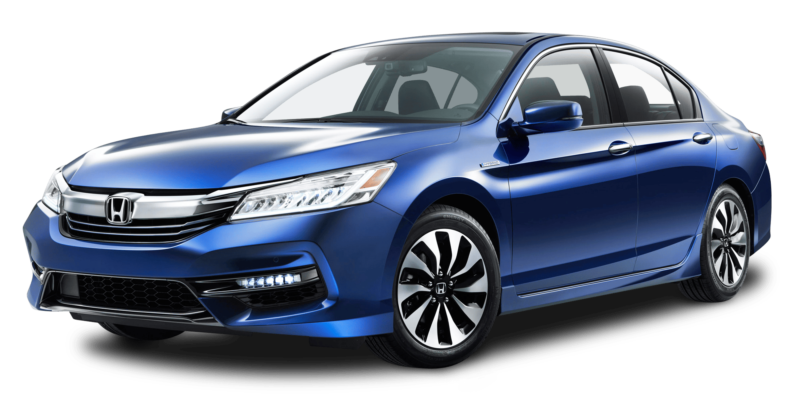Cluj-Napoca is a vibrant city, an important university and cultural centre. The city is the residence of Cluj County and one of its main characteristics is its diversity. The town abounds with history, culture and entertainment. A getaway to the city in the heart of Transylvania will transport you in time thanks to its many historical monuments, but will also bring you up to date with the latest in cultural trends thanks to the burgeoning art scene. At the same time, the city hosts a number of music, film, theatre and other festivals. Mediaeval air, architectural richness, urban uproar – you can find them all in Cluj-Napoca.
In Antiquity, on the place where Cluj stands today, the Dacian settlement known as “Napuca” could be found. As time passed, it became an urban settlement and later a colony. In the Medieval Age, the town was known as “Castrum Clus”. The 15th and 16th centuries were very prosperous periods for the city as crafts developed and numerous constructions were built in the Gothic and Renaissance style.
The population consisted predominantly of Saxons, Szeklys and few Romanians. After the conquest of Hungary by the Ottomans and its transformation into a Eyalet, Transylvania became an autonomous principality under Ottoman suzerainty. Then, it came under Austrian rule and became the capital of Transylvania. Thus, modernisation took place and the Romanian population grew. In 1867, Transylvania became part of the Kingdom of Hungary again.
The interwar period represented a tumultuous period for Cluj, which progressively belonged to the Kingdom of Romania and the Hungarian Crown. In 1945 Cluj was subjected to the communist government, until December 1989.
Cluj-Napoca is located in the central-northwestern part of Romania and the central area of Transylvania. The city is surrounded by the hills of Feleac and Cluj and is located on the middle course of the river Someșul Mic (Little Somes). The municipality is located at the junction of three geographical units: the Apuseni Mountains, the Someșan Plateau and the Transylvanian Plain. To the north, it borders the counties of Sălaj and Maramureș, to the east it borders Bistrița-Năsăud and Mureș, to the south it’s neighbouring the Alba county and to the west, Bihor.
Is one of the emblems of the city and serves as a reference point for the locals. In its centre you can find the Church of St. Michael, the Roman remains of the city and the statue of Matia Corvin. Surrounding the square there are many imposing historic buildings: the Banffy Palace, the former town hall, the Continental Hotel and the Hintz House.
It is the epicenter of the city and one of its emblems, attracting both locals and tourists with its historical and architectural charm. Surrounding it are numerous cafes and terraces, offering a relaxing atmosphere for strolls or enjoying a coffee.
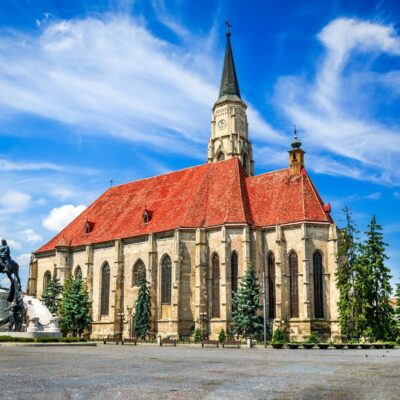
Located at 35 Baba Novac Street, it serves as a tourist attraction and a gathering place for locals, hosting various exhibitions, cultural events, and relaxation spaces, all of which maintain its vibrant historical and artistic aura.
Also known as Bastionul Bethlen or Szabók, it is one of the few remaining fortified towers intact from the Old Citadel of the city. Built in the 15th century and reconstructed in the 17th century, it was funded by the tailor guild. Today, it hosts the Urban Culture Center, after being restored and transformed into a museum in 1924 and 1959.
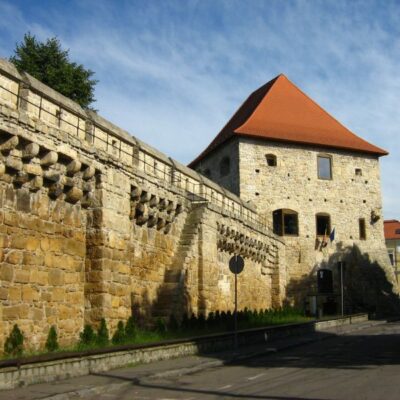
It is located on 42 Republicii Street and has more than 10,000 species of plants from around the world. Besides this, there is a specially arranged Japanese Garden as well as a Roman Garden.
Founded in 1920 by the professor of the same name, and located at 42 Republicii Street, it is a landmark both for tourism and science in the city. Covering an area of almost 14 hectares, it houses over 10,000 plant species from around the world, organised into various thematic sectors. Among its attractions are the Japanese Garden, with a stream and a traditional house, and the Roman Garden, with archaeological remains and a statue of the goddess Ceres. It is an important tourist destination and a didactic and scientific space of Babeș-Bolyai University, being listed on the historical monuments list of Cluj County.
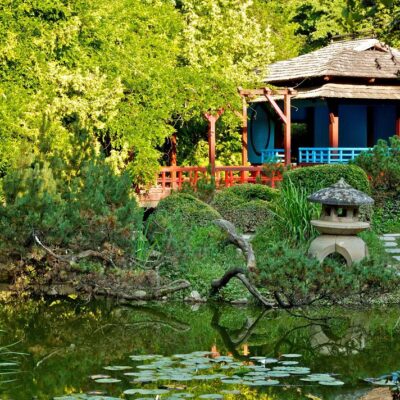
Cetațuia Park – is a Habsburg fortification and is one of the highest points of the city, with a wonderful panoramic view of the city.
It is a Habsburgic fortification and represents one of the highest areas in the city, offering a panoramic view of the municipality. Located in the northern part of Cluj’s historic center, on a hilltop at an altitude of 405 meters, it was built on the site of the first Vauban-type fortification in Transylvania, erected in the 18th century by the Habsburgs. Today, the hillside is popular for walks, and in 1900, after the death of Empress Elisabeth (Sissi), a promenade was arranged in her honor, where her statue was placed.
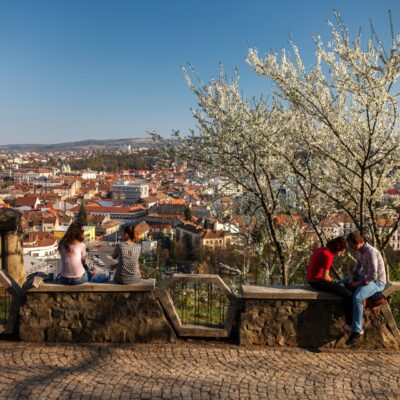
One of the most beloved relaxation and recreation spots in the city, it is situated in the heart of Cluj-Napoca. This park provides a green oasis of tranquility amidst the urban hustle and bustle. With tree-lined paths and generous green spaces, it’s perfect for strolling, jogging, or simply relaxing on a bench and admiring the natural beauty.
The park buzzes with various activities, such as outdoor performances, book fairs, or cultural events. Over the years, it has become a central point of social life in Cluj-Napoca, attracting both locals and tourists alike.
Nearby, you’ll find the Hungarian State Theatre, Cluj Arena stadium, and the multipurpose sports hall.
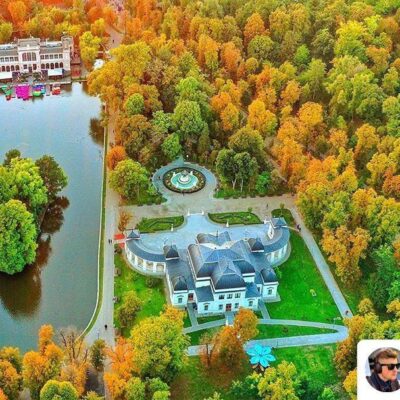
Cluj-Napoca has one airport – the “Avram Iancu Cluj International Airport” – and it offers both internal and external flights. The internal ones are to Bucharest, Timișoara, Iași. Tarom and WizzAir are the airlines that have direct flights to the UK, Spain, Italy, Greece, Dubai…and almost every country in Europe.
If you land in Bucharest and want to get to Cluj-Napoca by car, the recommended routes are: Bucharest – Brașov – Sighișoara – TârguMureș – Cluj (E60) or Bucharest – Pitești – Râmnicu Vâlcea – Sibiu – Alba-Iulia – Turda – Cluj (E81). We would suggest using Waze or Google Maps in order to get real time data.
There is also the option of traveling by train, from Cluj-Napoca there are daily trips that connect the city to Bistrița, Bucharest, Gura Humorului, Iași, Oradea, Satu Mare, Sighetu Marmației, Suceava, Timișoara and other cities in Romania.
If you prefer a faster option than the train, you can choose the minibus/bus. The bus station is located on 3-5 Giordano Bruno Street and there are numerous routes to: Alba-Iulia, Arad, Baia Mare, Bistrița, Brașov, Bucharest, Câmpeni, Horezu, Hunedoara, Iași, Oradea, Mangalia, Piatra Neamț, Reghin, Satu Mare, Sebeș, Sibiu, Sighetu Marmației, Târgu-Lăpuș, Târgu-Mureș, Vatra Dornei.
We have to tell you that we only recommend taking the train on shorter routes because the long distances could take a lot of time. You have to know that the train infrastructure in Romania is not very good. 🙁
